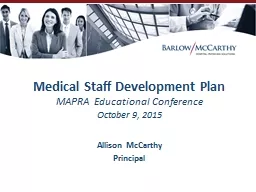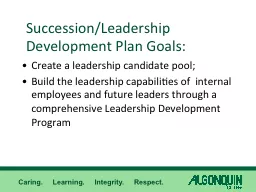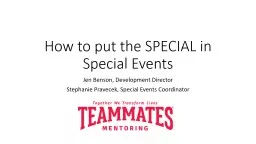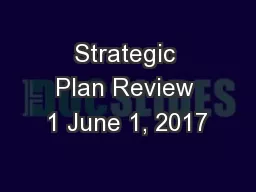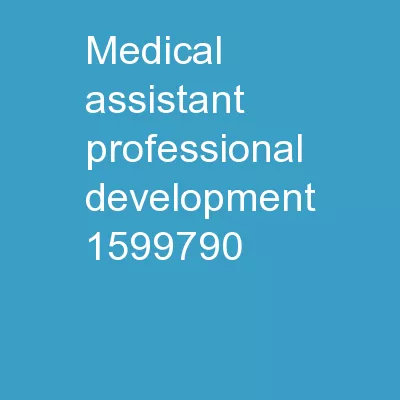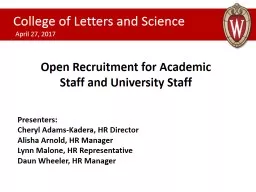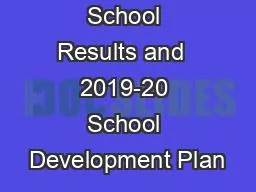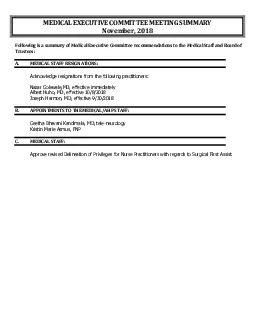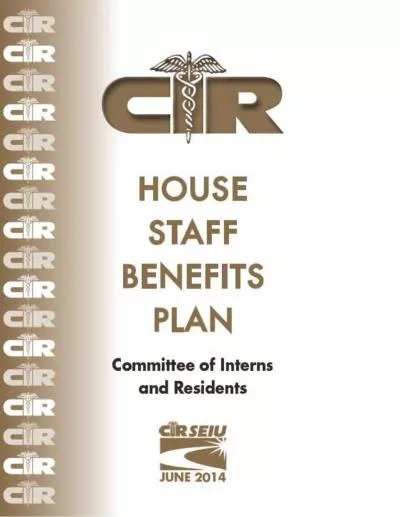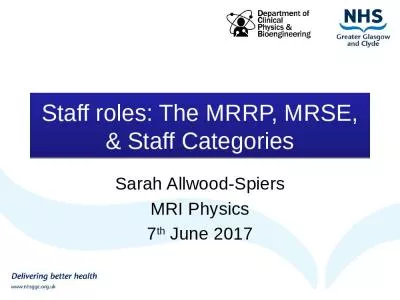PPT-Medical Staff Development Plan
Author : debby-jeon | Published Date : 2016-10-25
MAPRA Educational Conference October 9 2015 Allison McCarthy Principal Each entity and combined Defined markets Entity Primary secondary tertiary Regulatory System
Presentation Embed Code
Download Presentation
Download Presentation The PPT/PDF document "Medical Staff Development Plan" is the property of its rightful owner. Permission is granted to download and print the materials on this website for personal, non-commercial use only, and to display it on your personal computer provided you do not modify the materials and that you retain all copyright notices contained in the materials. By downloading content from our website, you accept the terms of this agreement.
Medical Staff Development Plan: Transcript
Download Rules Of Document
"Medical Staff Development Plan"The content belongs to its owner. You may download and print it for personal use, without modification, and keep all copyright notices. By downloading, you agree to these terms.
Related Documents

